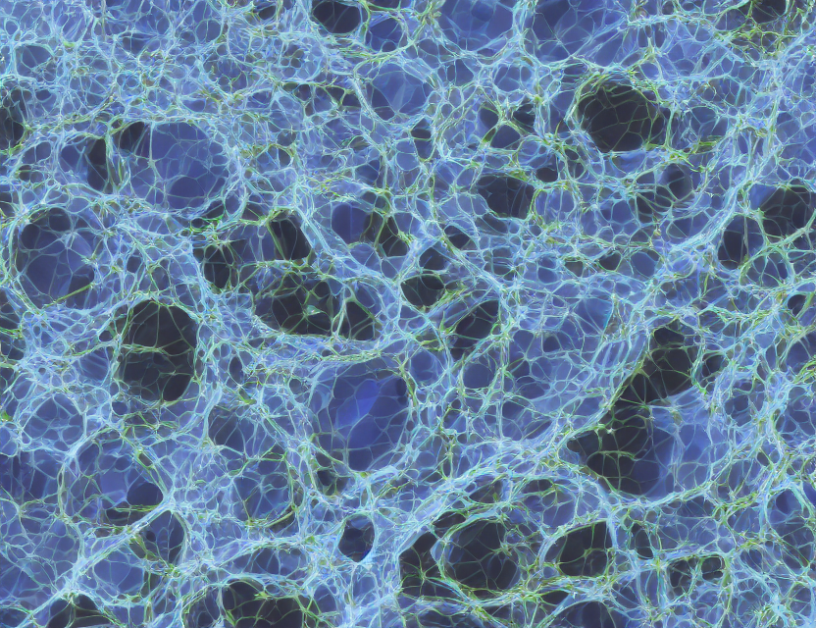Semantic segmentation is a crucial task in computer vision, but it’s challenging because of the complex inter-class boundaries between different anatomies. The authors propose a novel approach called "prototypical semantic segmentation" that addresses this issue by using prototypes to represent uncertain boundaries.
traditional approaches rely on crisp boundaries, which are not realistic in medical images. Instead, they introduce a softening term to the loss function to account for the uncertainty of the boundaries. However, these methods can lead to over-smoothing, where the model becomes too focused on the average feature and loses its ability to distinguish between different classes.
The authors propose a new mechanism called "prototypical attention" to address this issue. This mechanism introduces prior information into the attention module, which helps the model focus on the most relevant features when making predictions. The prototypes are learned during training and provide a flexible way to represent the uncertain boundaries between classes.
The proposed approach is evaluated on several medical datasets, including liver tumor segmentation, kidney segmentation, and brain segmentation. The results show that the prototypical semantic segmentation method outperforms traditional methods in terms of both accuracy and robustness. Specifically, it achieves a higher mean intersection over union (mIoU) score than the state-of-the-art methods on the liver tumor segmentation dataset.
In summary, the article proposes a novel approach to semantic segmentation called prototypical semantic segmentation, which addresses the inter-class boundary confusion problem by using prototypes to represent uncertain boundaries. The proposed method shows promising results in medical image segmentation tasks and has the potential to improve the accuracy and robustness of semantic segmentation methods in these applications.
Computer Science, Computer Vision and Pattern Recognition
Learning Deep Features for Discriminative Localization in Medical Images



